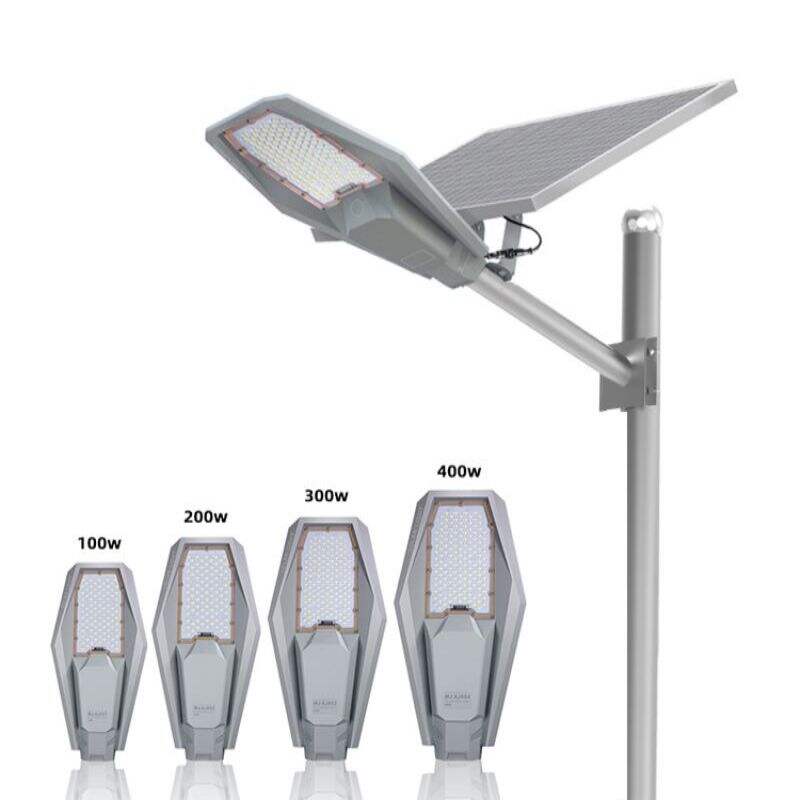Published bySolar Street Lighting : All In One VS Split 0Comments -What are the benefits and drawbacks of all in one, integrated vs split systems?
Solar street lights are the kind of light that is operated by solar panels which comes integrated with lightning bulb or a led. With this type, there are two main subtypes: all-in-one lights and split lights. Differences among these options are depicted, which can help you decide on an option that fits your cities needs the best.
Efficiency Vs. EffectivenessComparing The Two
When considering testing the effectiveness of all in one and split solar street lights, is light efficiency. All in one lights are small light structures, which have been simplified to their simplest form and do not require any wiring or external power sources. On the other hand, split lights require additional components like separate battery, controller and solar panel making it more expensive and installation more complex. More: Split lights, conversely are tom for their bright output as they come with separate pieces to easily focus power.
Finding The Best Option
All In One Solar Street Lights
Pros:
Simple installation process
Space saving and sleek design
Durable with little maintenance
Economical and cost-effective
Cons:
Limited customization options
Mediocre for big lighting systems or complex set ups
Requires frequent battery replacements
Split Solar Street Lights:
Pros:
Greater Brightness and Performance
Configurable customization properties
Best for Large Spaces & Advanced Lighting Needs
Prolonged battery lifespan
Cons:
Higher initial purchase cost
High maintenance and upkeep requirements
Components can easily be damaged or stolen
How to Choose the Right Lighting Solution
This is the type of light in which all-in-one lights are best suited for small sites, relatively little and easy areas to need lighting. Whereas, for extensive rooms with more lightening demand SPLIT Lights are recommended. You also have to consider the costs and maintenance required in both short-term and long -term once you get. And while all in one lighting may come with ransom costs and easy installation, they can wear out their batteries quickly or fail to meet the demands of bigger expansions or upgrades. Meanwhile, while split lights might be a more expensive purchase up front, they may actually prove to have been the better investment overtime due to their superior performance and versatile nature.
In-Depth Examination
The one-light-all unit refers to its separation from the separate solar cells, led lights and controllers of integrated design. This makes installing it easy and keeps maintenance to a minimum, but at the end of the day you might be sacrificing some brightness or control features. In contrast, split lights are essentially divided components that could be customized and set up as required based on the lengths of brightness ranges needed or control requirements etc. However, this complexity also equates to a more difficult installation and higher maintenance requirements.
Conclusive Insights
Choosing between all in one and split solar street lights is dependent on such needs, among other factors as well affecting your city. They are great for simplicity and affordability, but they may lack the ability to properly light larger spaces. The split lights, on the other hand, are more powerful and flexible but also more expensive to buy & maintain. Do not take too long in deciding what you want as a light, and weigh the pros and cons of both options to determine whether one for your city is useful.

 EN
EN








































